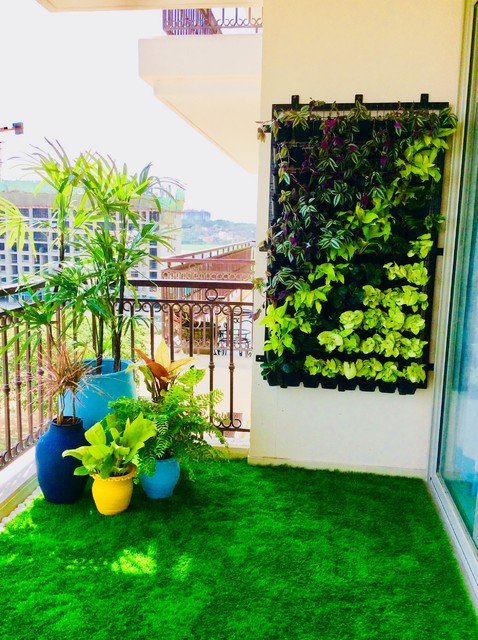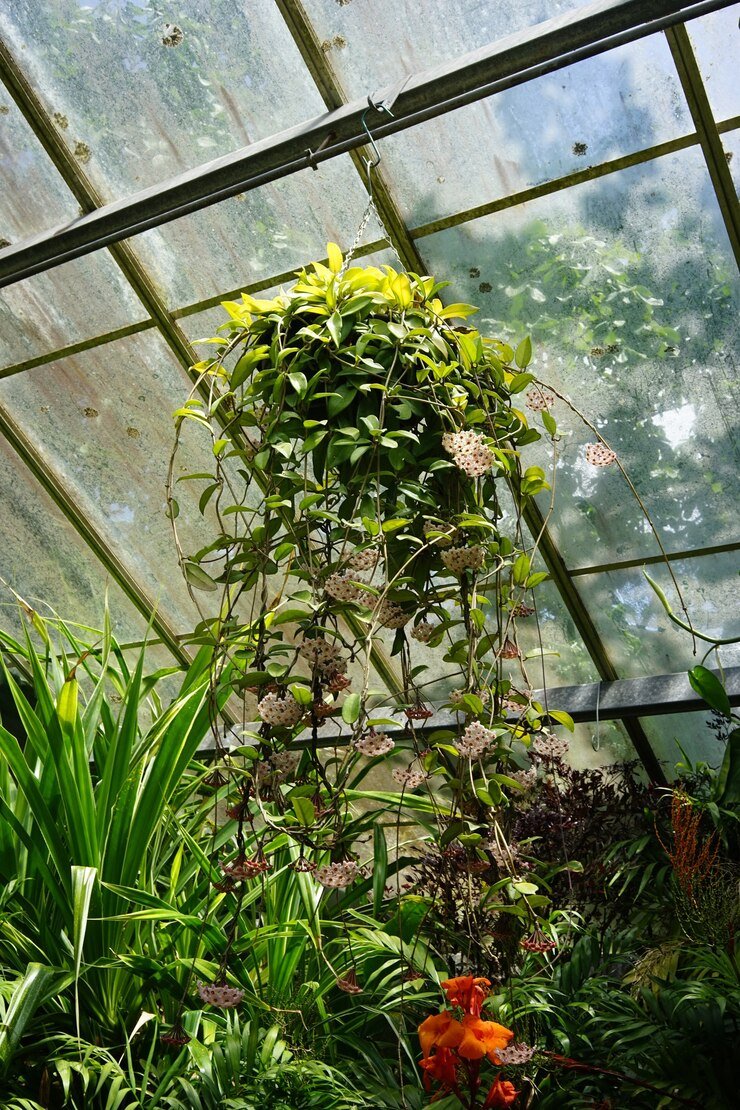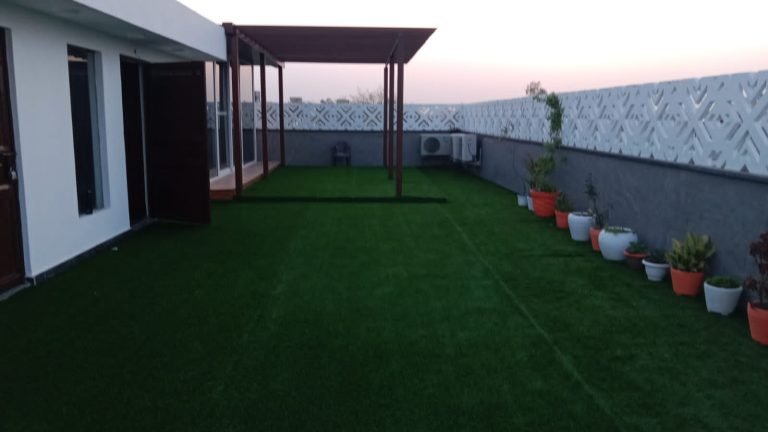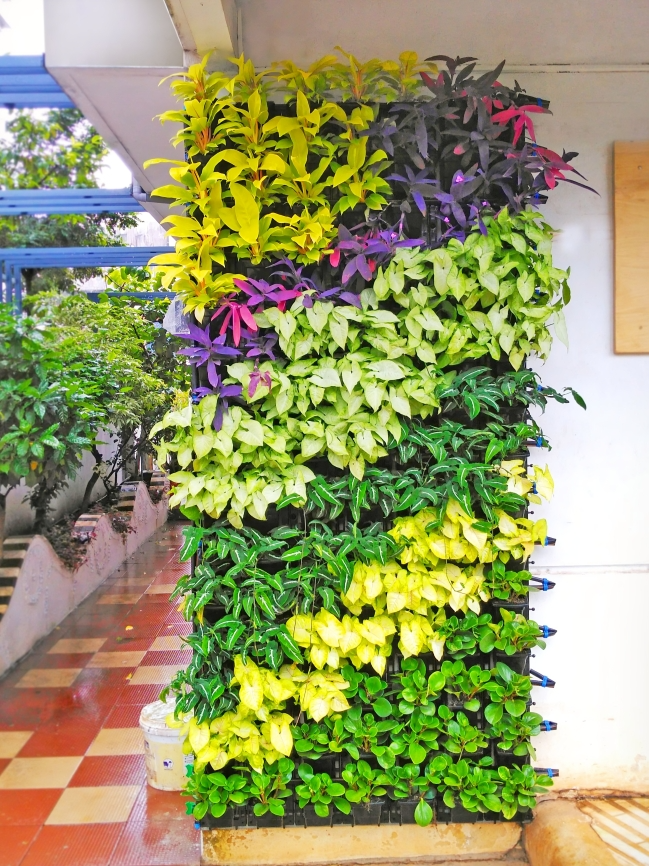Maintenance Of Vertical Gardens: Best Practices
Vertical gardens, often referred to as living walls or green walls, have gained popularity for their aesthetic charm and environmental advantages, particularly in urban settings and indoor environments. However, like any garden, vertical gardens demand regular maintenance to sustain their vitality and allure. In this article, we will delve into the best practices for maintaining vertical gardens, ensuring their longevity and visual appeal.
To Know More About It Please Click Here
Consistent Inspection
Regular inspection forms the cornerstone of vertical garden maintenance. Conduct thorough visual assessments of the entire wall on a weekly or bi-weekly basis, scanning for indications of plant stress, disease, or pest infestations.
Precise Watering
Watering is critical for plant health in vertical gardens. Tailor your watering regimen to the specific needs of the plant species, considering factors such as climate and wall orientation. Water deeply, but don’t water too much—this might cause root rot. Employing an efficient irrigation system with timers can facilitate consistent watering.
Strategic Fertilization
Supplemental fertilization may be necessary to provide essential nutrients for optimal plant growth. Choose a balanced, water-soluble fertilizer suitable for your plant varieties, and apply it according to their specific requirements. Exercise caution to prevent over-fertilization, which can harm both the plants and the environment.
Pruning and Trimming
Regular pruning and trimming are imperative for maintaining plant shape and vitality. Remove dead or yellowing leaves, spent flowers, and any diseased or damaged growth. Pruning stimulates fresh growth and prevents overcrowding, facilitating improved air circulation and light penetration.
Vigilant Pest and Disease Management
Stay vigilant for signs of pests and diseases, such as aphids, spider mites, scale insects, and powdery mildew. Swiftly address any issues using organic or eco-friendly pest control methods, such as insecticidal soaps or neem oil. Routine cleaning of the wall and its surroundings can also deter pest and disease outbreaks.
Weed Suppression
Weeds can compete with plants for vital resources, so it’s crucial to keep them at bay. Regularly remove any weeds that emerge in the vertical garden, ensuring thorough root extraction to prevent regrowth. Mulching the soil surface can aid in weed suppression.
Seasonal Adjustments
Different seasons necessitate varying maintenance tasks for vertical gardens. In colder climates, safeguard the garden against frost damage by insulating the wall or relocating sensitive plants indoors. During hot weather, provide adequate shading and increase watering frequency to prevent dehydration.
Monitoring Environmental Conditions
Stay attuned to environmental factors such as light exposure, temperature, and humidity levels, as they profoundly influence plant health and growth. Make necessary adjustments to optimize growing conditions for the plants in your vertical garden.
In summary, effective maintenance practices are indispensable for the success of vertical gardens. By adhering to these guidelines, gardeners can ensure the thriving existence of their vertical gardens, enriching spaces with lush greenery and contributing to biodiversity and environmental well-being. Regular care and attention will yield a verdant and captivating living wall that enhances any indoor or outdoor environment.







